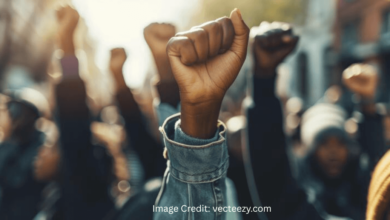Justice Delayed: The Ongoing Struggle in the Case of Harrison Poorman Osoup

Three years after Harrison Poorman Osoup’s tragic death, his family still seeks answers—exposing critical flaws in how Canada’s justice system handles Indigenous deaths.
What Happened
In April 2022, 20-year-old Harrison Poorman Osoup was found dead in Vancouver, British Columbia. Despite the time that has passed, his family remains without answers. They have asked for clarity but still don’t know how or why Harrison died.
Police opened an investigation, yet they provided little information. His family believes that authorities missed key opportunities early on—leaving them with more questions than closure.
Related reading: Understanding Systemic Bias in Policing and Justice
A Pattern Repeating Itself
Harrison’s death isn’t an isolated tragedy. Similar stories have emerged across Vancouver. Indigenous youth like Tatyanna Harrison, Noelle O’Soup, and Chelsea Poorman also died under unclear or suspicious circumstances in recent years.
Families raised concerns in each of these cases, and they described how police failed to act quickly or communicate clearly. These repeated oversights suggest a troubling pattern of systemic neglect.
According to APTN News, relatives of the victims believe investigators waited too long to collect evidence and respond appropriately.
Explore more: Addressing Public Safety: Understanding the Recent Transit Assault Charges in BC
Uncovering Root Causes: Why Justice Lags Behind
Many advocates point to deep-rooted issues in how police and institutions treat Indigenous victims. The National Inquiry into Missing and Murdered Indigenous Women and Girls (MMIWG) identified racism, poor coordination, and lack of cultural awareness as key reasons why investigations fail to deliver justice (source).
Criminologists explain that overlapping responsibilities between police jurisdictions often slow down investigations. Meanwhile, law enforcement rarely involves Indigenous community leaders in meaningful ways—even though doing so could build trust and improve outcomes.
Furthermore, families like Harrison’s often take on the emotional burden of finding answers alone. This constant advocacy, layered with grief, can be emotionally exhausting.
Emotional Fallout and Public Response
When justice moves slowly, families suffer. Harrison’s loved ones continue to live with pain and uncertainty. They’ve organized public vigils and spoken at events across British Columbia to honor his memory and raise awareness.
At a Richmond vigil, community members gathered to mourn not only Harrison but also Tatyanna, Noelle, and Chelsea. The event created space for storytelling, remembrance, and solidarity (Richmond News).
Read next: How Public Mourning Transforms Into Activism
What Comes Next?
Indigenous-led organizations like Butterfly in Spirit and the Union of BC Indian Chiefs continue to call for action. They propose:
- Independent review panels for cases involving Indigenous victims
- Culturally informed investigative approaches
- Mandatory communication protocols with affected families
If the justice system adopts these reforms, it could transform how Canada responds to similar tragedies in the future.
Join the conversation: What Justice Looks Like in Indigenous Communities
Why This Story Still Matters
Harrison Poorman Osoup’s story represents more than one family’s fight. It reveals how structural failures in law enforcement still impact Indigenous communities across Canada.
By staying informed and speaking out, we help drive accountability. Every voice matters. Justice, after all, shouldn’t depend on who you are—it should depend on the truth.





